


In the heart of the municipality of Sena, in the province of Madre de Dios, department of Pando, lies El Gran Manupare Integrated Management Natural Area. This impressive territory, which covers 452,639 hectares and was created in January 2024, offers an almost unknown refuge full of wildlife and dreamlike landscapes. Here, local communities have managed to keep 97% of their forest in a good state of conservation, a testament to their commitment to the protection and sustainability of this valuable ecosystem.
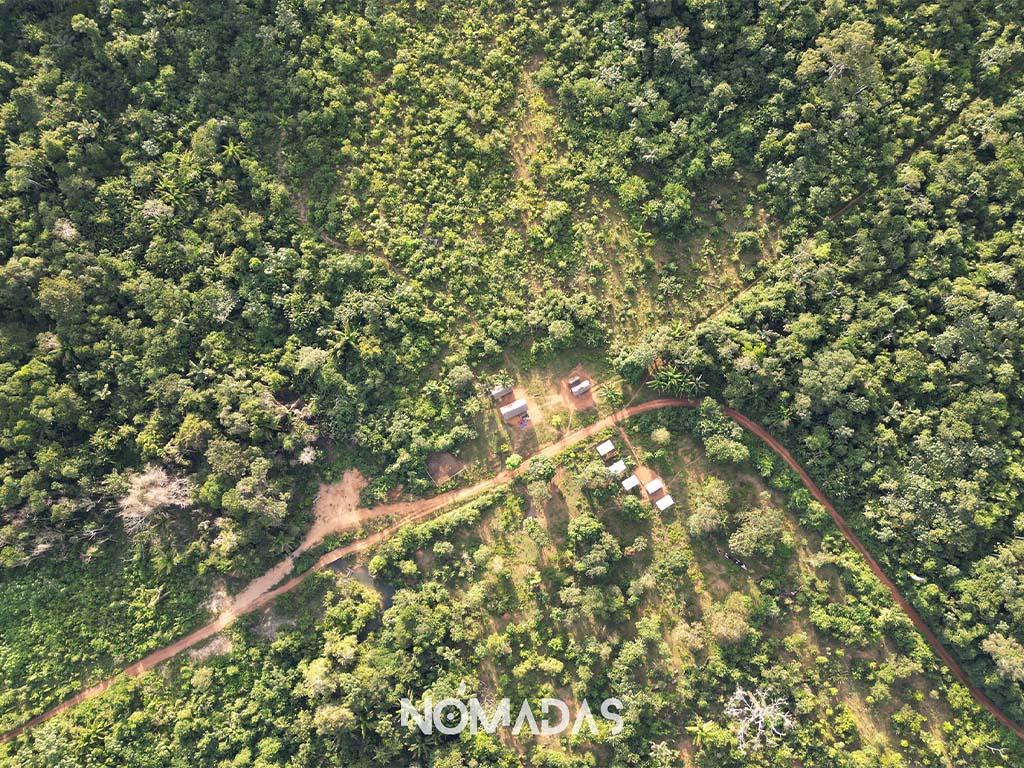
At the end of January, an alarming case of a shady carbon market scheme was uncovered in Mongabay, an environmental digital media outlet, falsely claiming to be endorsed by the United Nations.
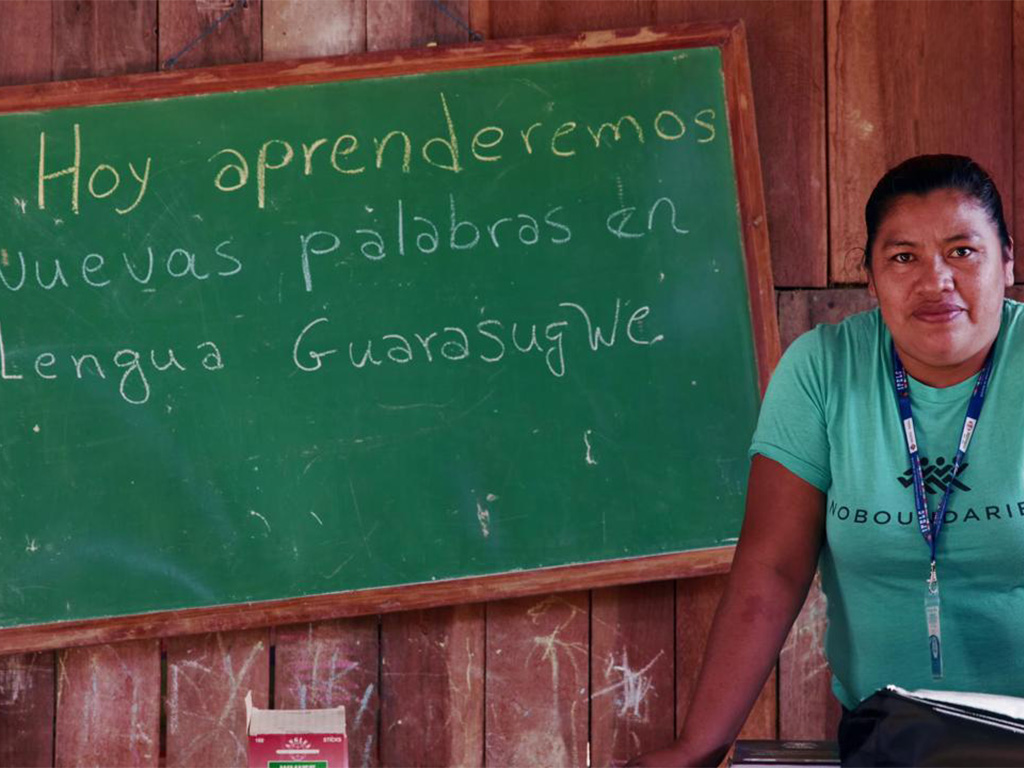
Like a broken omen, the Guarasu’we people resist the extinction announced in the 60s. Today, members of this great family from both Bolivia and Brazil, a people without borders, take the reins of their history, permanently leading a peaceful struggle to recover their ancestral territory, conquer their rights, honor the legacy of their ancestors and not let their tongue die in silence.

The Government of Suriname has decided to withdraw the pilot project that had been approved for the arrival of 50 Mennonite families (mostly from Bolivia) for an agricultural project starting with 30,000 hectares and projected to reach 300,000.
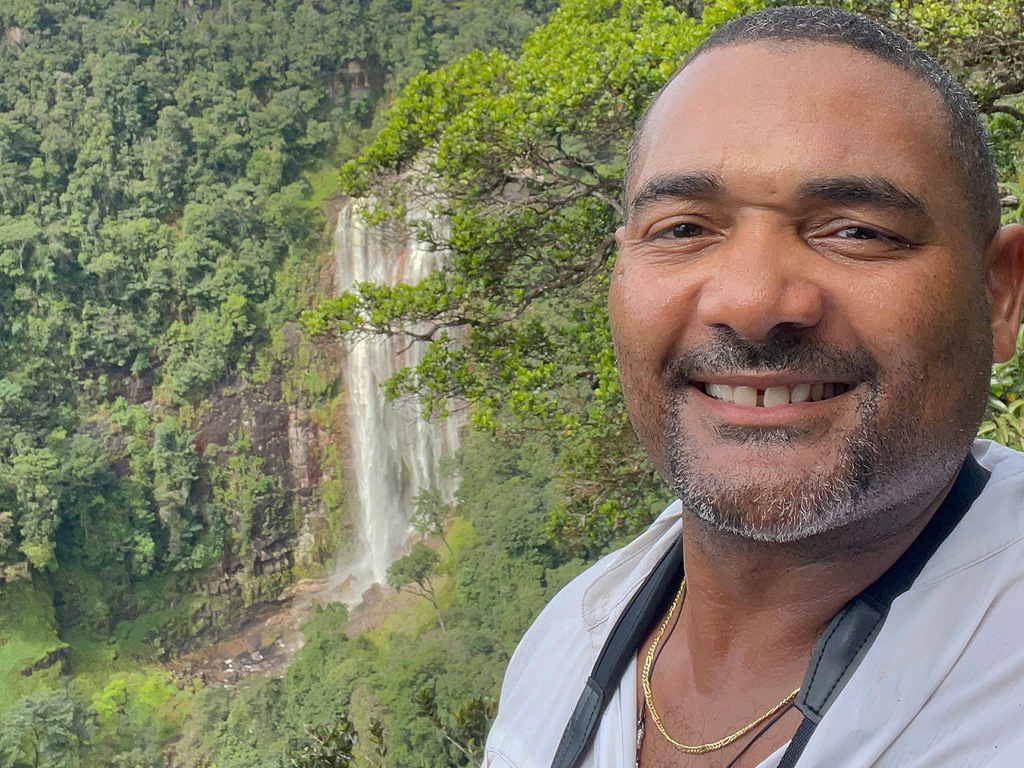
Surinamese activist, John Goedschalk, has become acutely aware of what is happening to the beloved forests of Suriname. This awareness has grown as an international campaign unfolds, urging Suriname’s president to halt plans for large-scale agriculture that would deforest hundreds of thousands of hectares, impacting at least «8 indigenous and tribal communities, destroying the last clean rivers, and killing millions of forest-based lives».
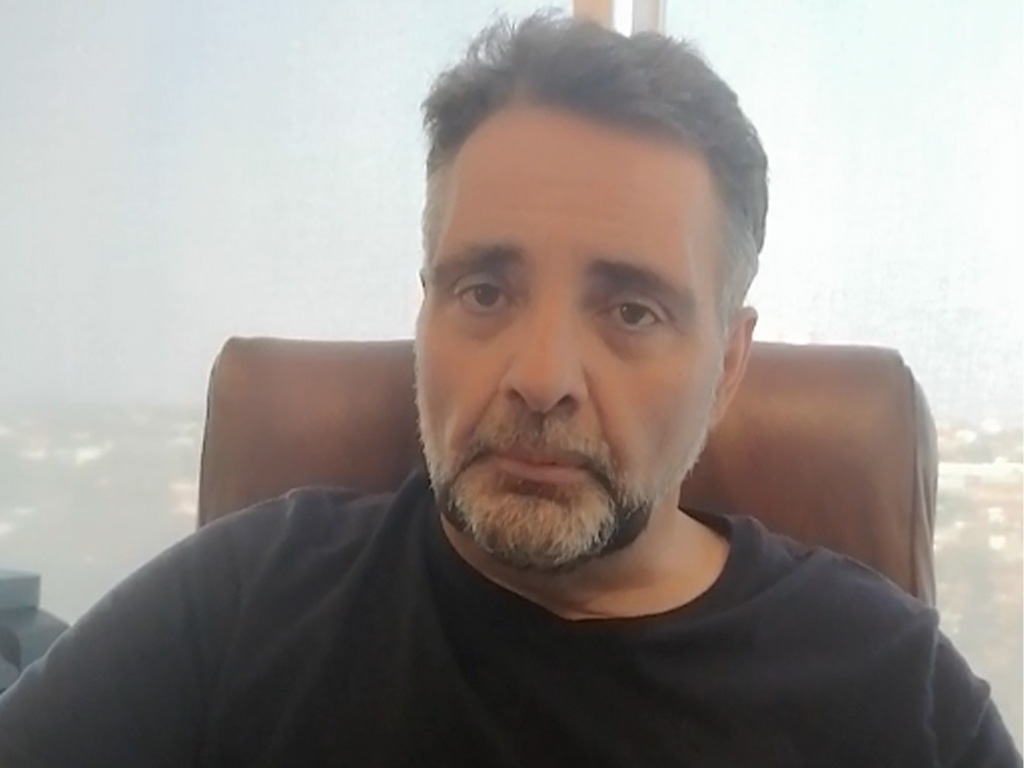
In Santa Cruz, Adrián Barbero provided details about the process of relocating Mennonites from Bolivia to Suriname. He stated that it was the government of Suriname that contacted him, and after a nearly two-year process of socialization, they approved the development of an agricultural project. The project will start with 30,000 hectares and can potentially expand up to 300,000 hectares. He acknowledges the risk of «excessive deforestation» in a country not accustomed to it if the Mennonites do as they please in Suriname. However, he asserts that he will only allow them to deforest 50% of the land. «I will set the rules for them.» Environmental Economist Stasiek Czaplicki Cabezas analyzes Adrian Barbero’s responses.
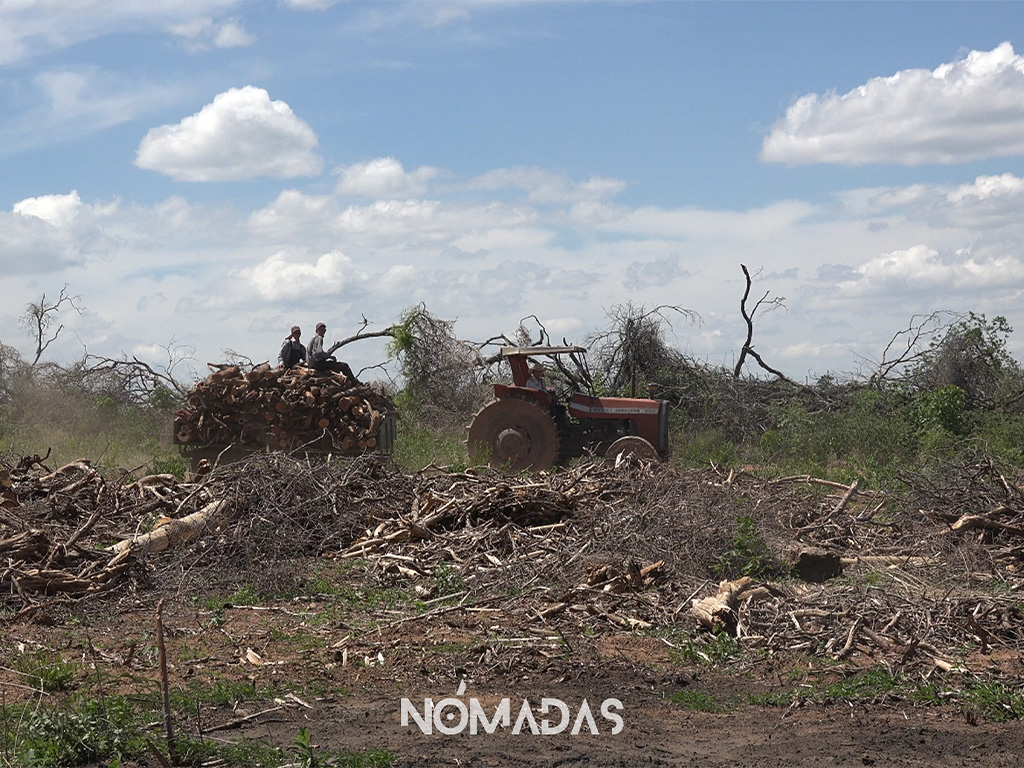
The Surinamese government approved the arrival of 50 families for an agricultural project starting with 30,000 hectares (twice Suriname’s annual deforestation rate) and projecting up to 300,000 hectares, according to Terra Invest, the company responsible for bringing the Mennonites from Bolivia. Surinamese indigenous people question the concession of land to foreigners, while they have been demanding for decades that the state recognize their land rights.
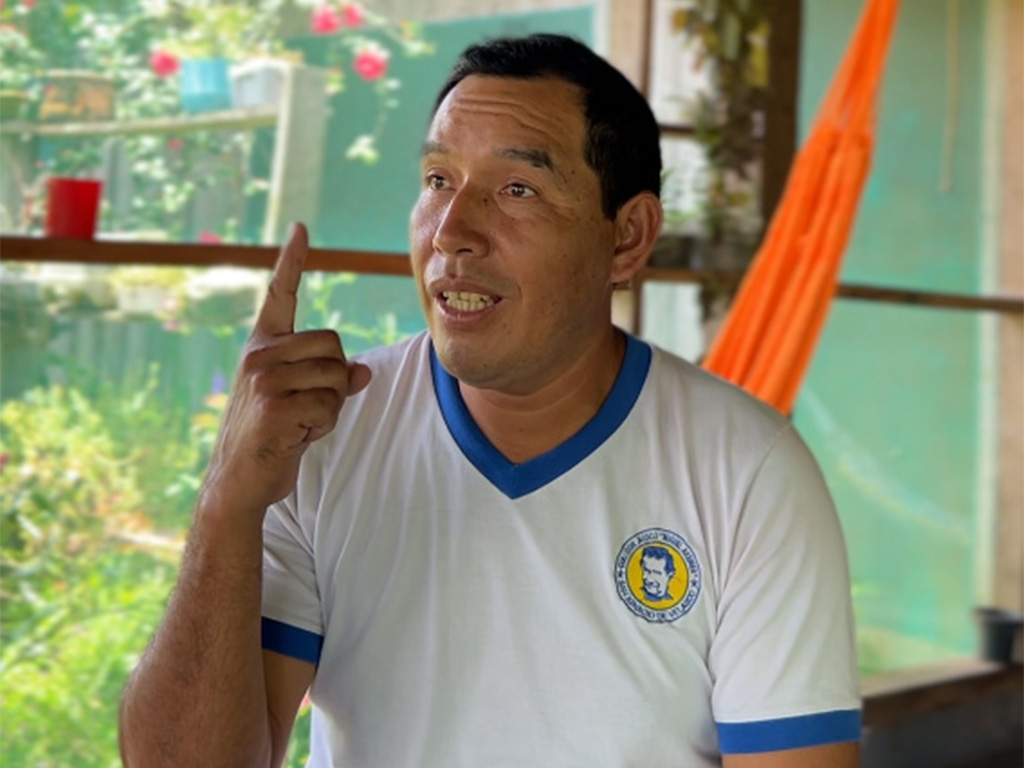
On the banks of the Iténez River and within the Noel Kempff Mercado National Park, a multifaceted leader stands out. In addition to being the chief of the community, he plays key roles in the local school as a teacher, administrator, and, on some Sundays, officiates the religious ceremony in Bella Vista. His involvement is part of the cultural richness of this Amazonian region.
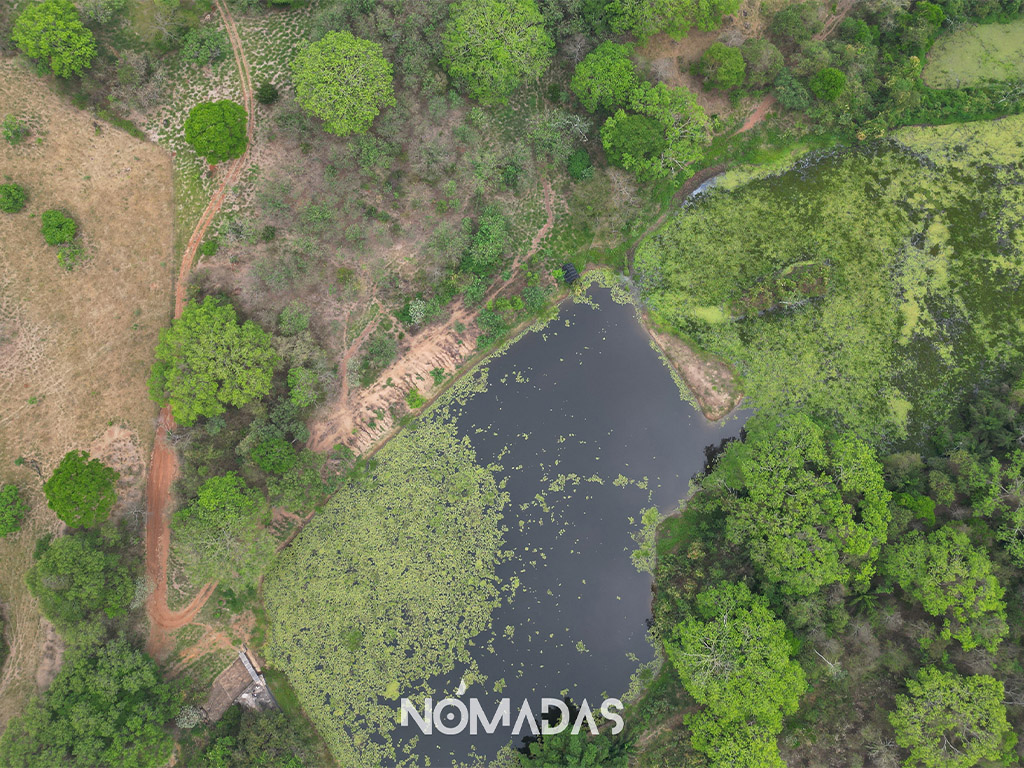
Regenerative livestock and agriculture are emerging as fundamental approaches for the sustainable present and future of food production in Bolivia. The adoption of regenerative practices not only restores soil fertility and improves ecosystem health but also enhances the economic sustainability of agricultural activities. Furthermore, these practices promote coexistence with wildlife, such as jaguars, and pave the way for a healthy, pesticide-free life that benefits the planet.
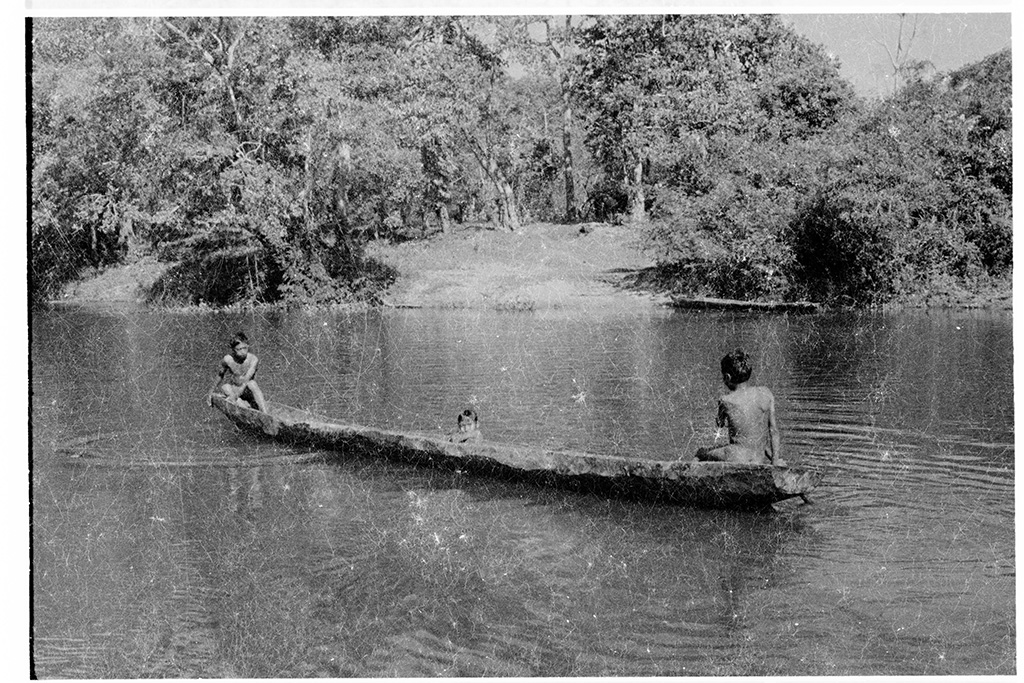
The Guarasu’we are human beings, of Bolivian nationality; although Bolivia forgot about them, they lived apart from civilization in the jungles of the Bolivian east, and despite that, they have been its victims. It is the obligation of every Bolivian to know the history of these people, as we all share the guilt of their extinction» (Jürgen Riester, 1978), This is a journey through time, through the curious gaze of Jürgen Riester (+2019), whose expeditions in the 1960s marked him forever and created in him a commitment to the defense of the rights of the indigenous peoples of lowland Bolivia.

There are places in Santa Cruz, Bolivia, where nature bears witness to ancient stories, such as the one of the man who sails alone or of the rain that, after the rain, never stops falling. In Revista Nómadas, the millenary voices of the indigenous people become six illustrations that tell microchronicles that should never be forgotten.
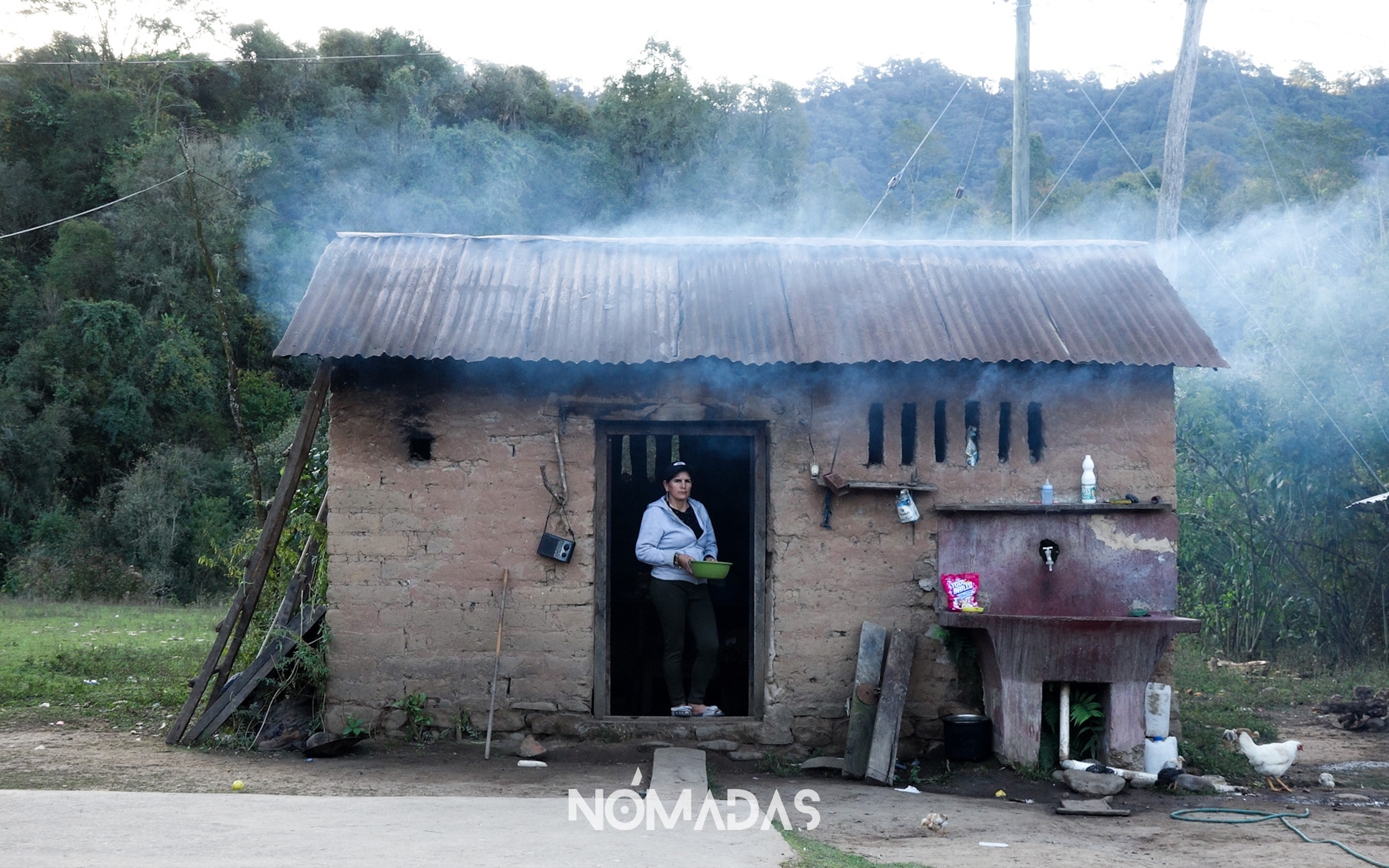
The fight to prevent oil activity from consolidating its entry into the Tariquía National Reserve of Flora and Fauna comes at a high cost. Defenders of this important paradise for the world endure everything from «indecent offers» to physical assaults and personal defamation.
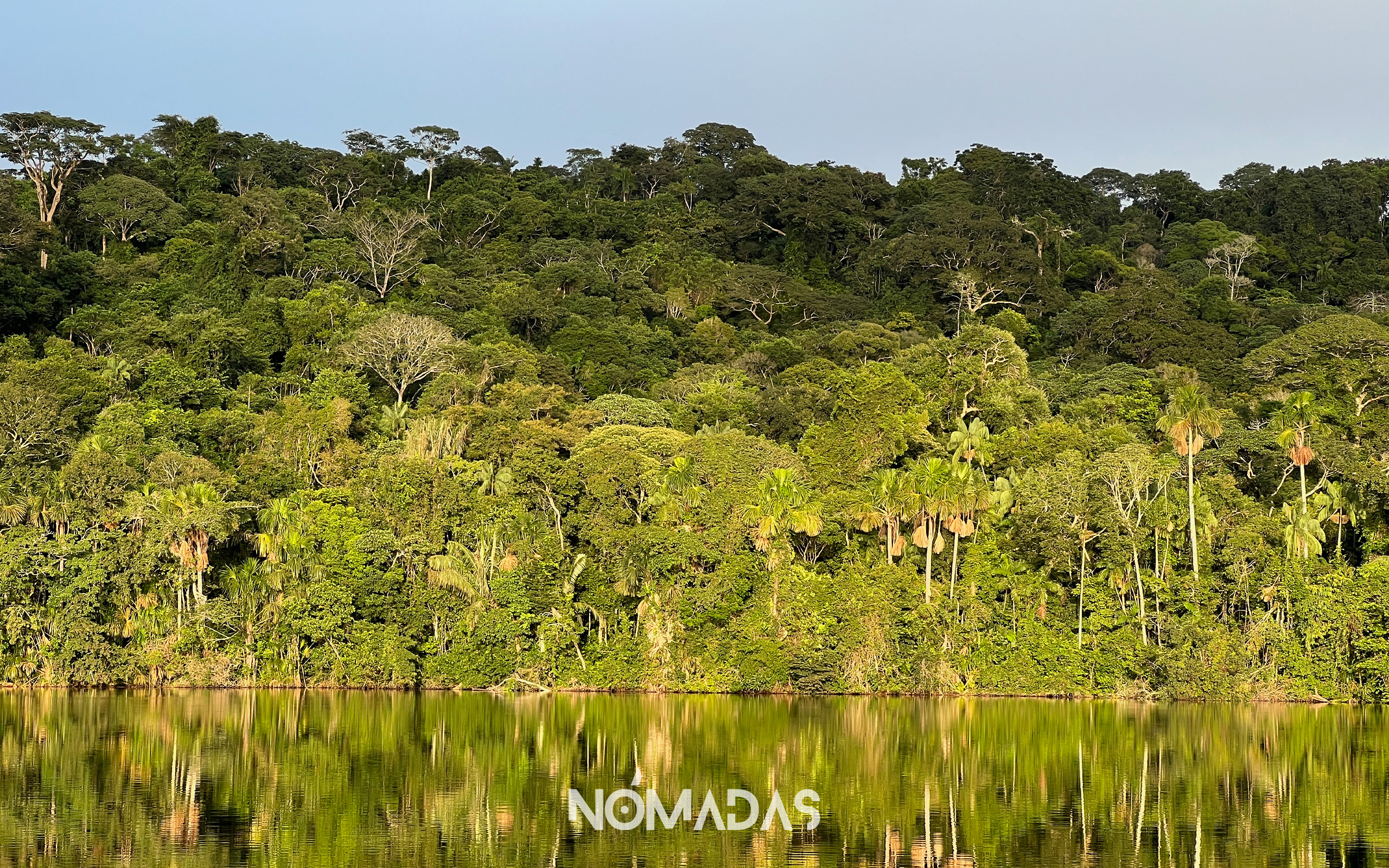
In the heart of Madidi National Park, the most biodiverse in the world, San José de Uchupiamonas stands as a stronghold of ecotourism, facing threats and challenges under the shield of unity among inhabitants with ancestral heritage who rise every day to live in harmony with nature.
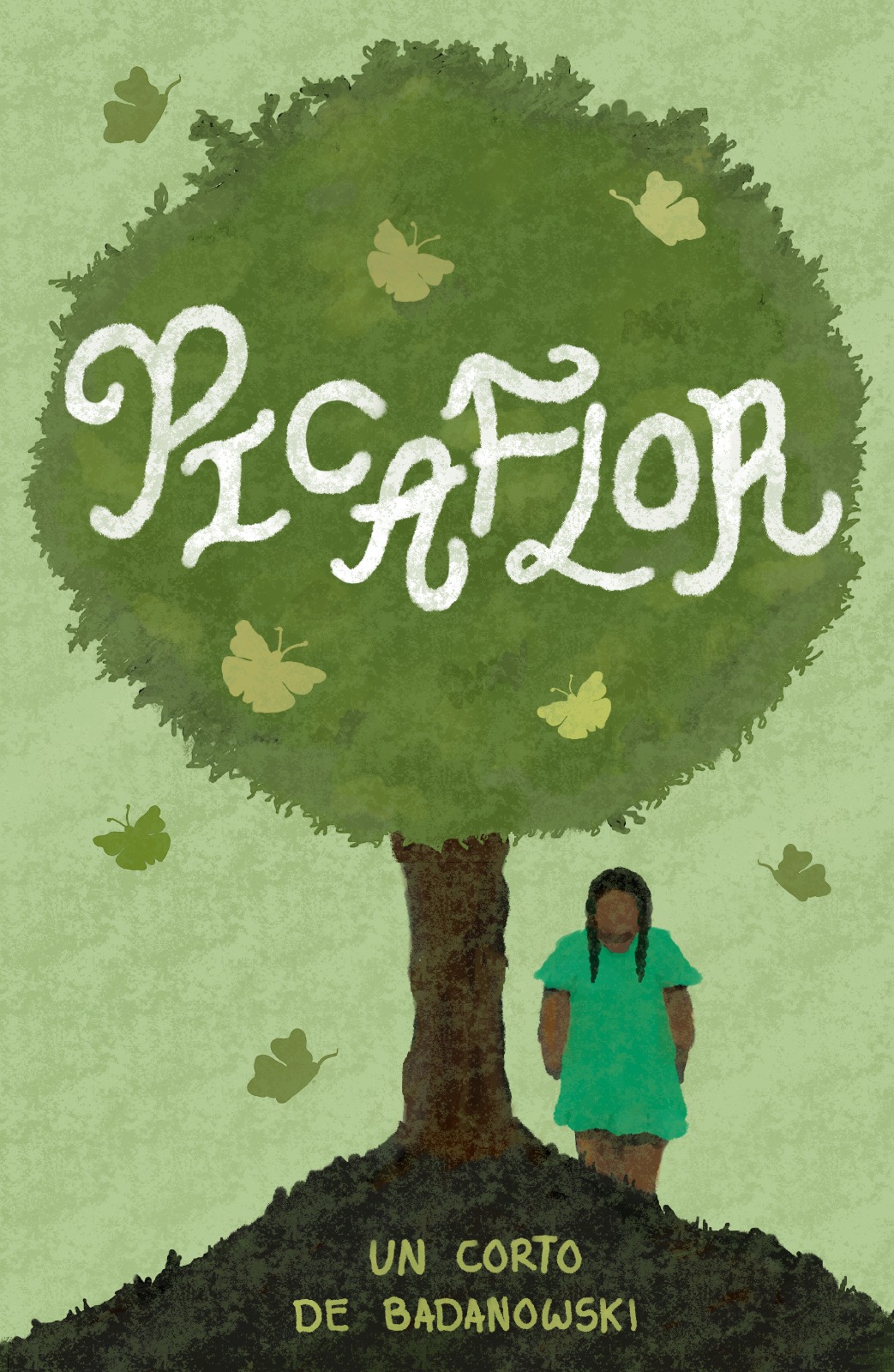
A sensitive work that takes us on a journey deep into the wilderness, to get to know the daily lives of three women in Guarasu’we territory. The short film created by Javier Badani in Bolivia is a visual journey into the tireless efforts of the Picaflor community to revitalize their language and keep their identity alive.
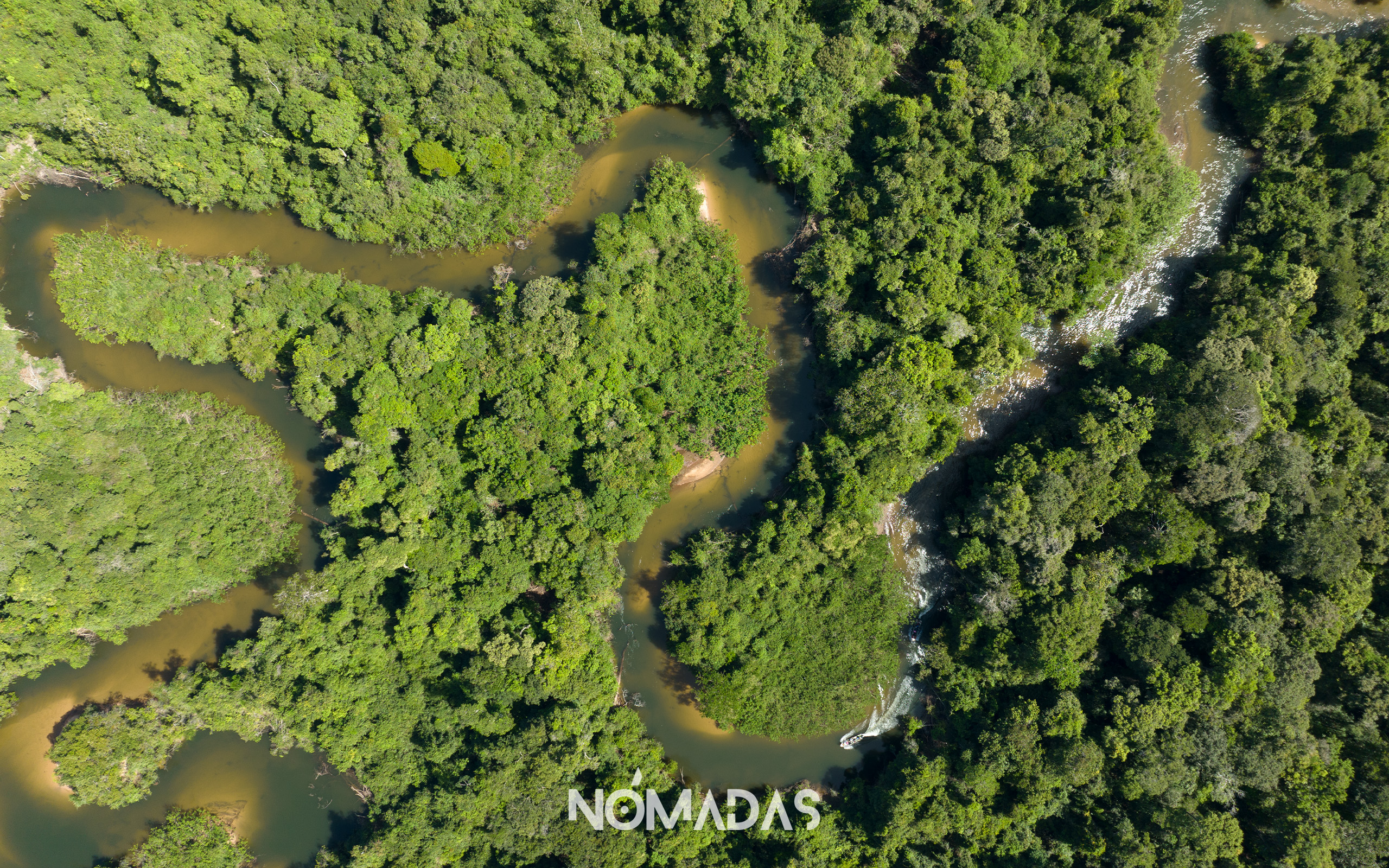
Amidst the majesty of the Noel Kempff Mercado National Park, Ignacia Montero, Luis Carlos Rocha, and Benedicto Durán, fight with determination to preserve their cultural legacy and the rich biodiversity of the Bolivian Amazon heartland. Resistance against extinction takes on new meaning in this region, where nature and tradition intertwine.
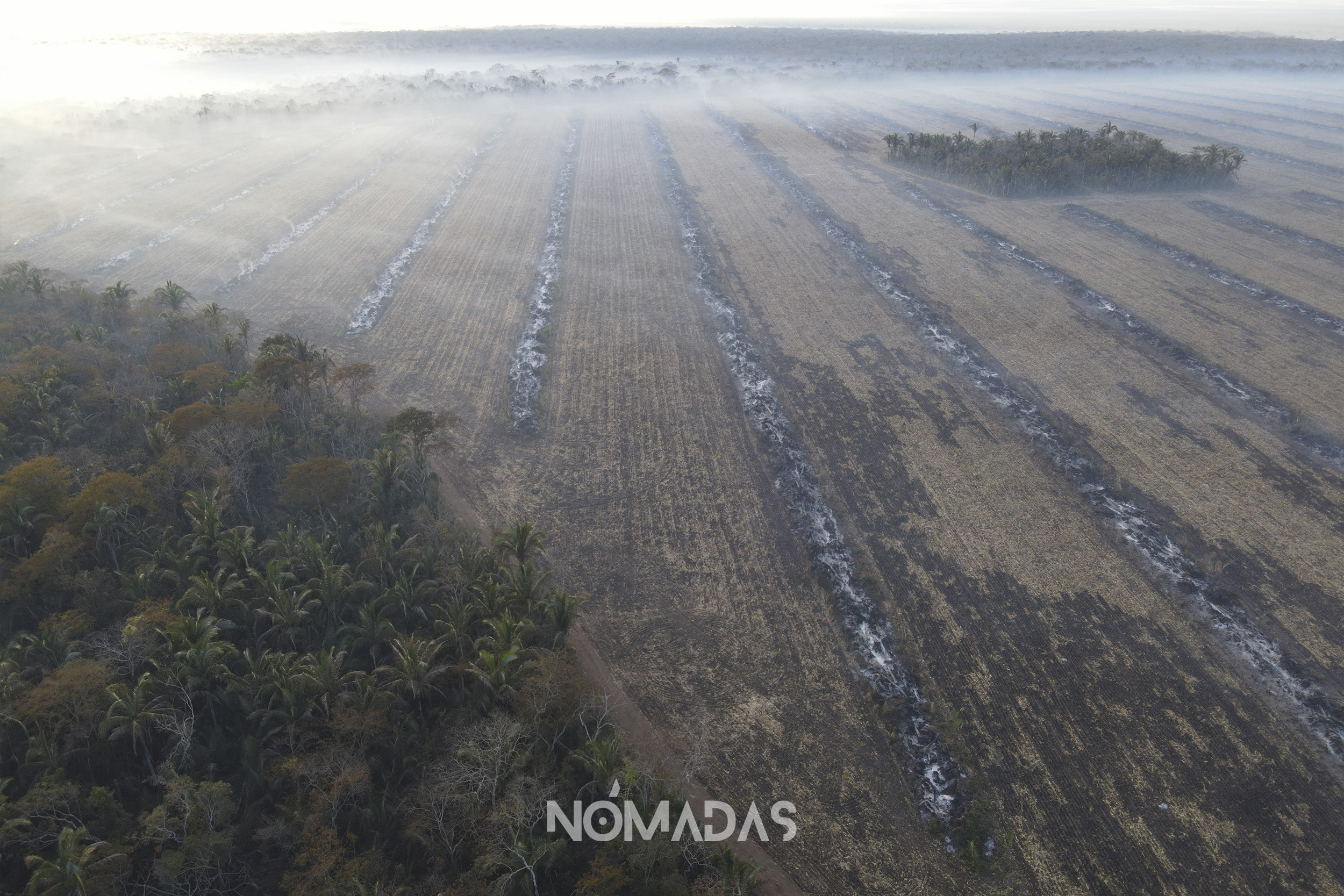
The research by Fundación TIERRA reveals that climate change in the Santa Cruz region is both a consequence and, at the same time, a cause of the accelerated and uncontrolled expansion of agriculture and deforestation. Over the past 40 years, global warming has increased the world’s temperature by 0.6°C, yet Santa Cruz has experienced a rise of 1.1°C. Additionally, rainfall in the area has decreased by 27% compared to four decades ago.
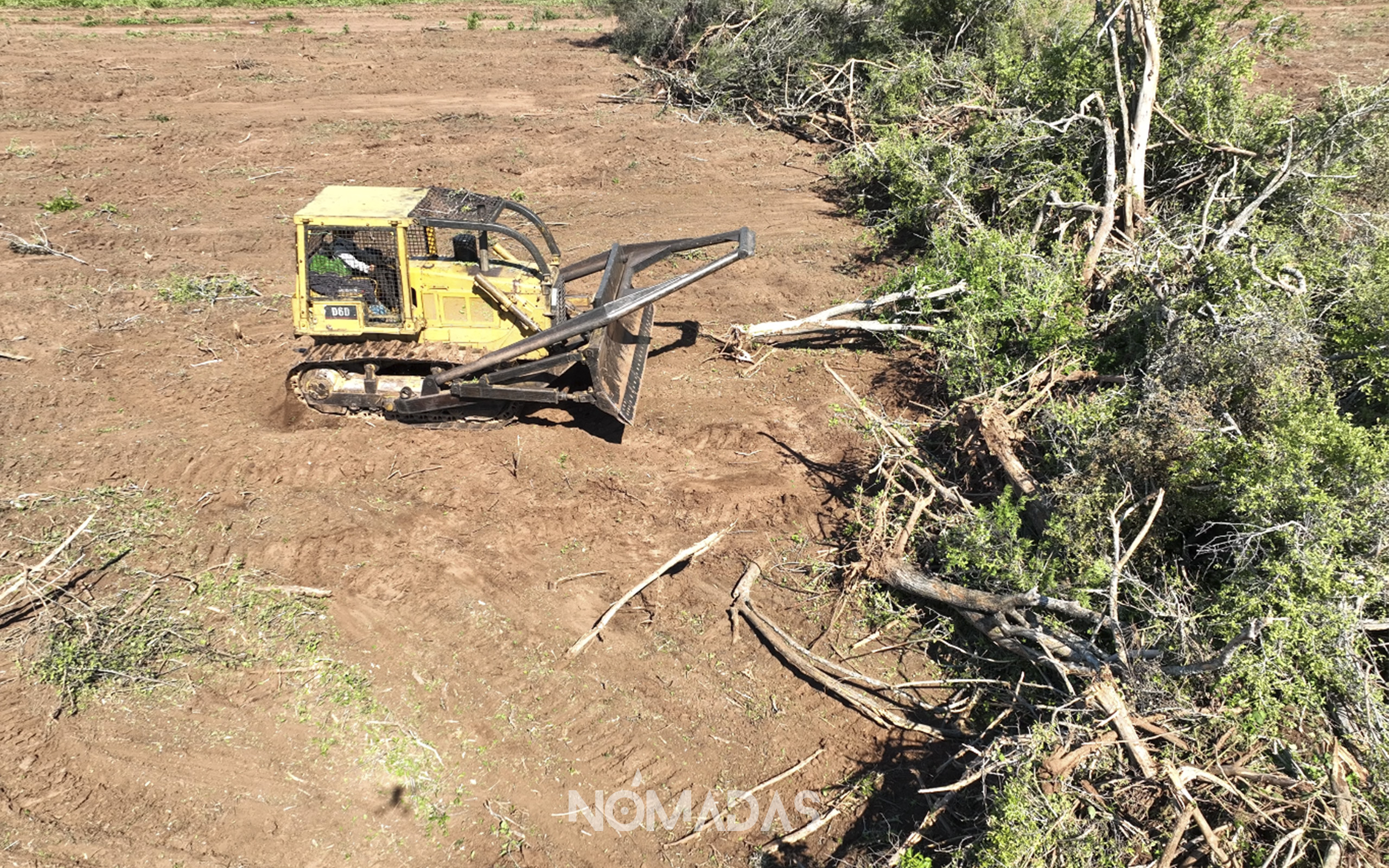
Bolivia is the country with the highest per capita loss of primary forest worldwide. Its deforestation rate per person is four times higher than that of Brazil. The Global Forest Watch (GFW) platform reveals the harsh reality that the country’s forests and the world are facing.
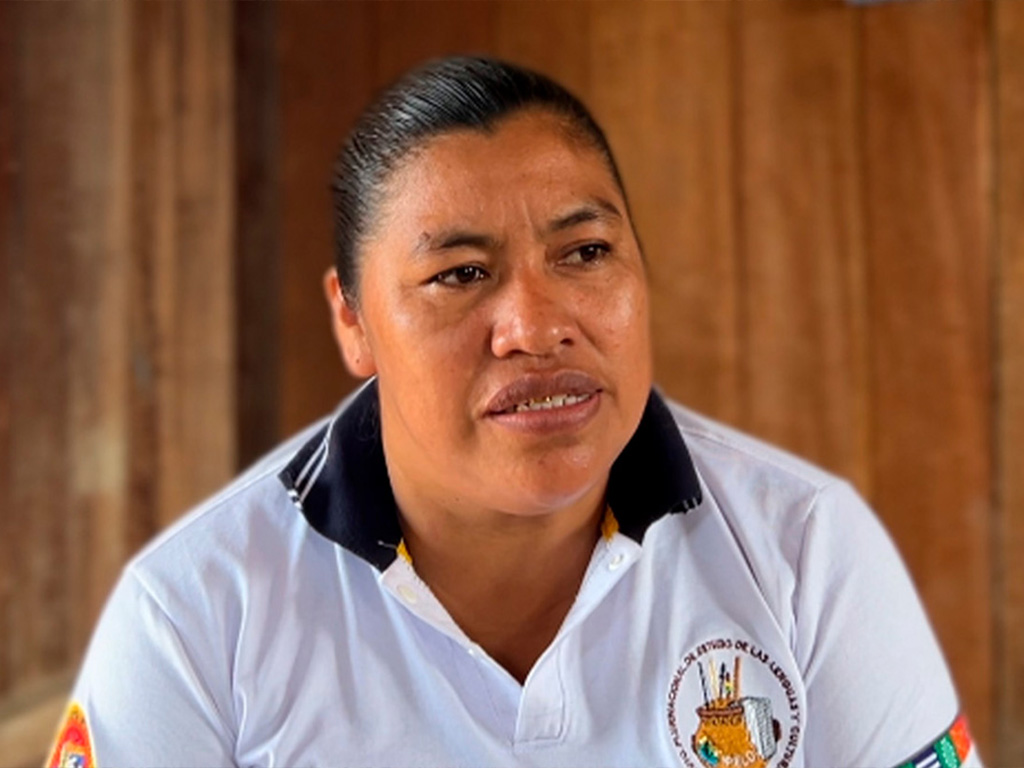
She is the coordinator of the Guarasu’we Language and Culture Institute. She feels a great need and concern to recover the living words of her people, which are in danger of extinction.
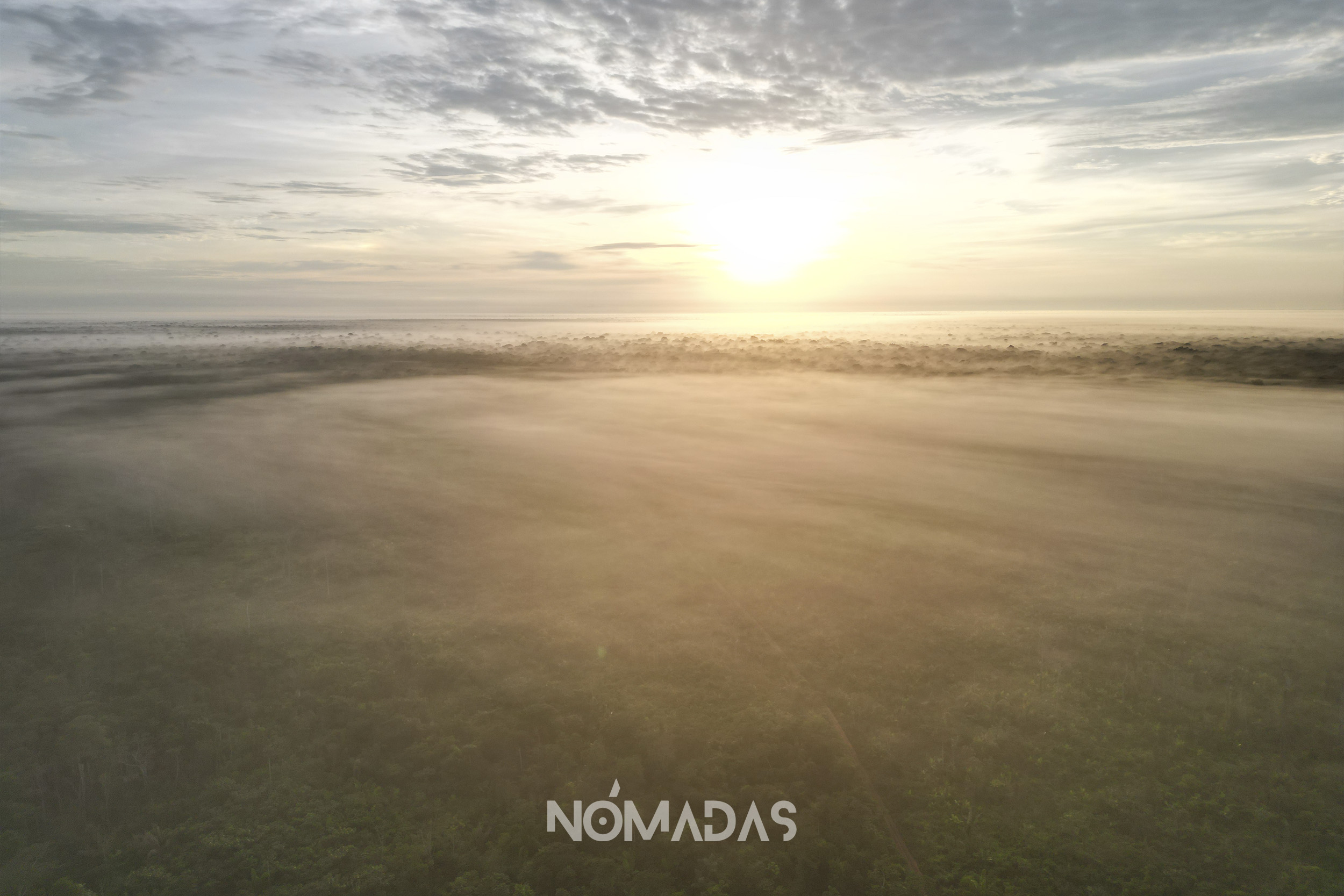
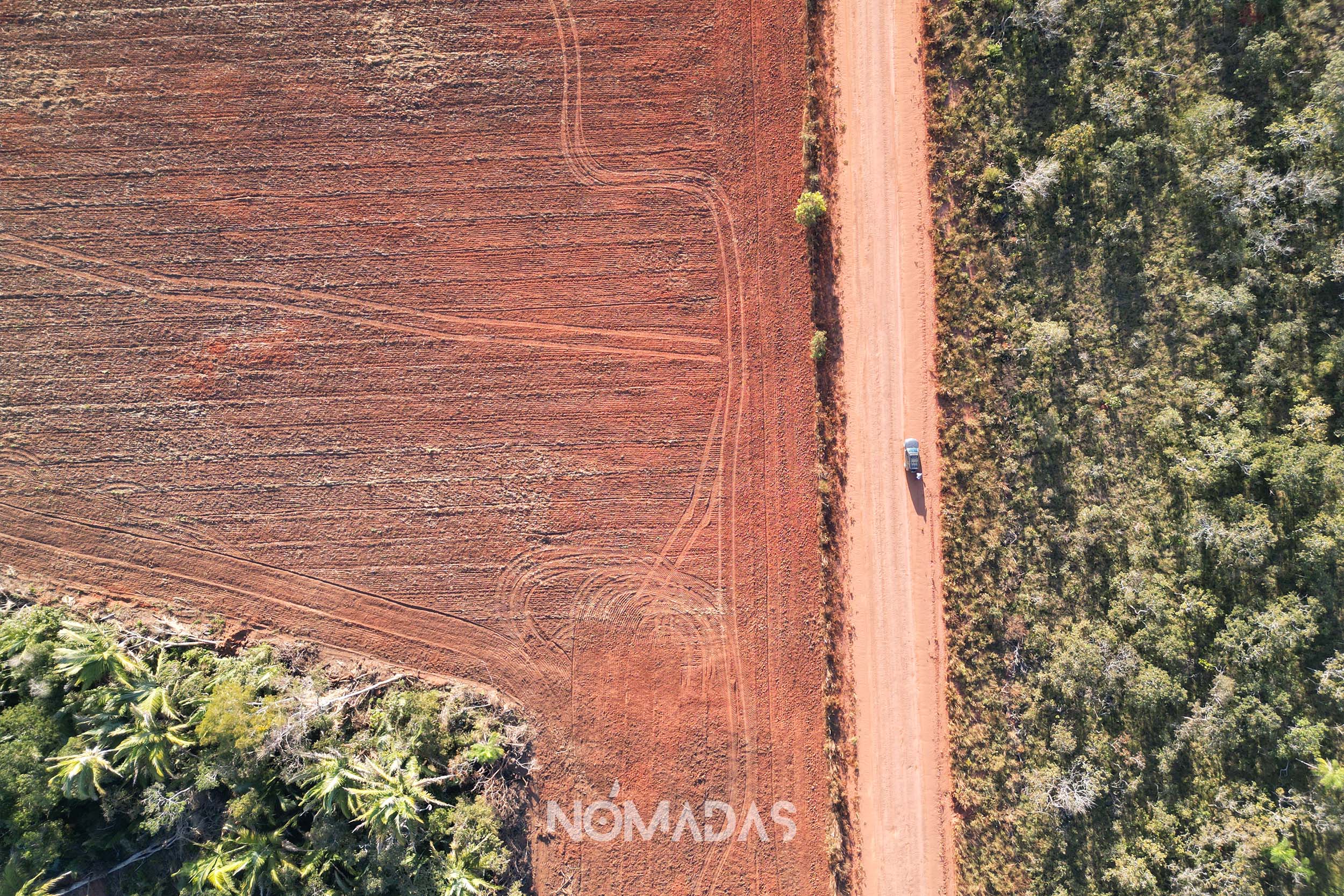
The Amazon is in a critical state, on the verge of irreversible loss due to rampant deforestation. This report highlights the urgent call to save our planet and preserve this invaluable ecosystem. Worried voices, impactful testimonies, and alarming data reveal the serious situation that the Amazon region is facing. It is time to act before it’s too late and to listen to the silent cry of the jungle.
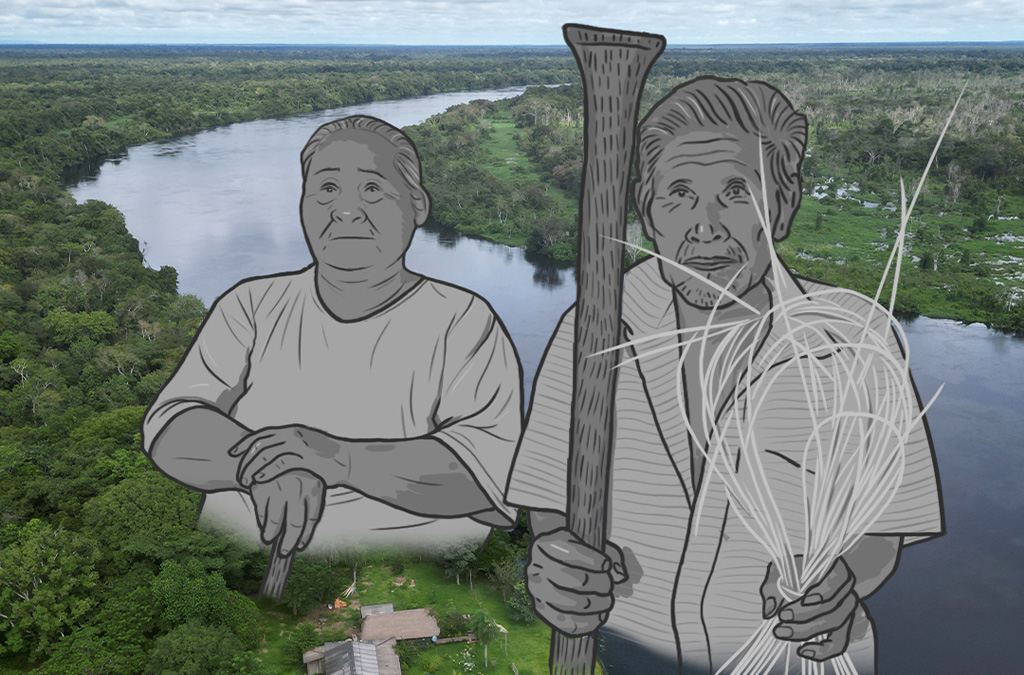
The indigenous amazon people whom Yaneramai created from the seed of a pumpkin, are facing difficult days in the territories of Bolivia and Brazil. But the strength of a culture whose accomplice is life without haste is stronger than the threats to their territory.
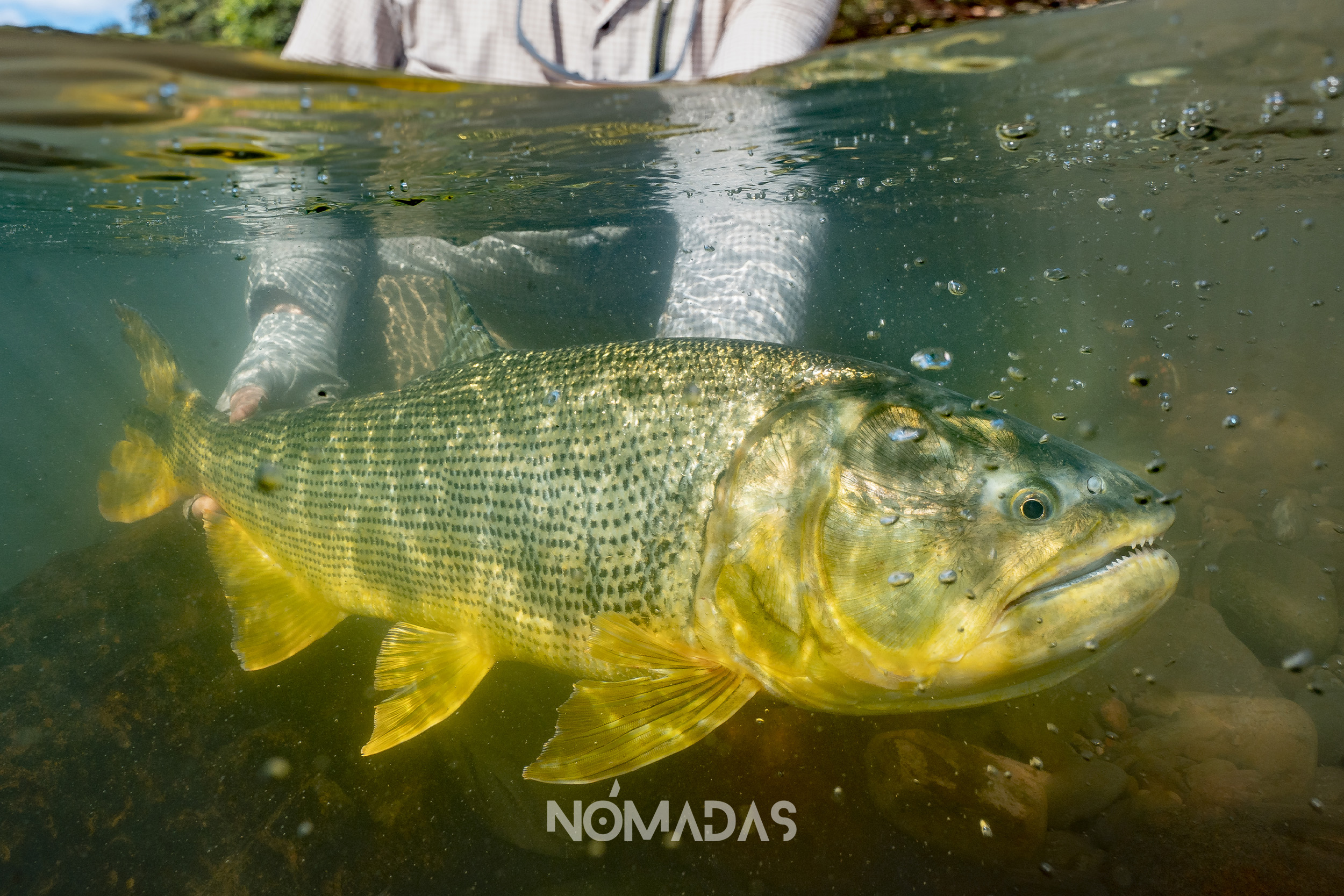
In the rivers of the northern part of the Indigenous Territory and Isiboro Sécure National Park,», reigns supreme the dorado, also known as river tiger, the fish species that «drives international visitors crazy». In this remote part of Bolivia, a tourism project is being developed based on sustainable fly fishing with obligatory return, an activity that puts the brakes on the enemies of the forest.
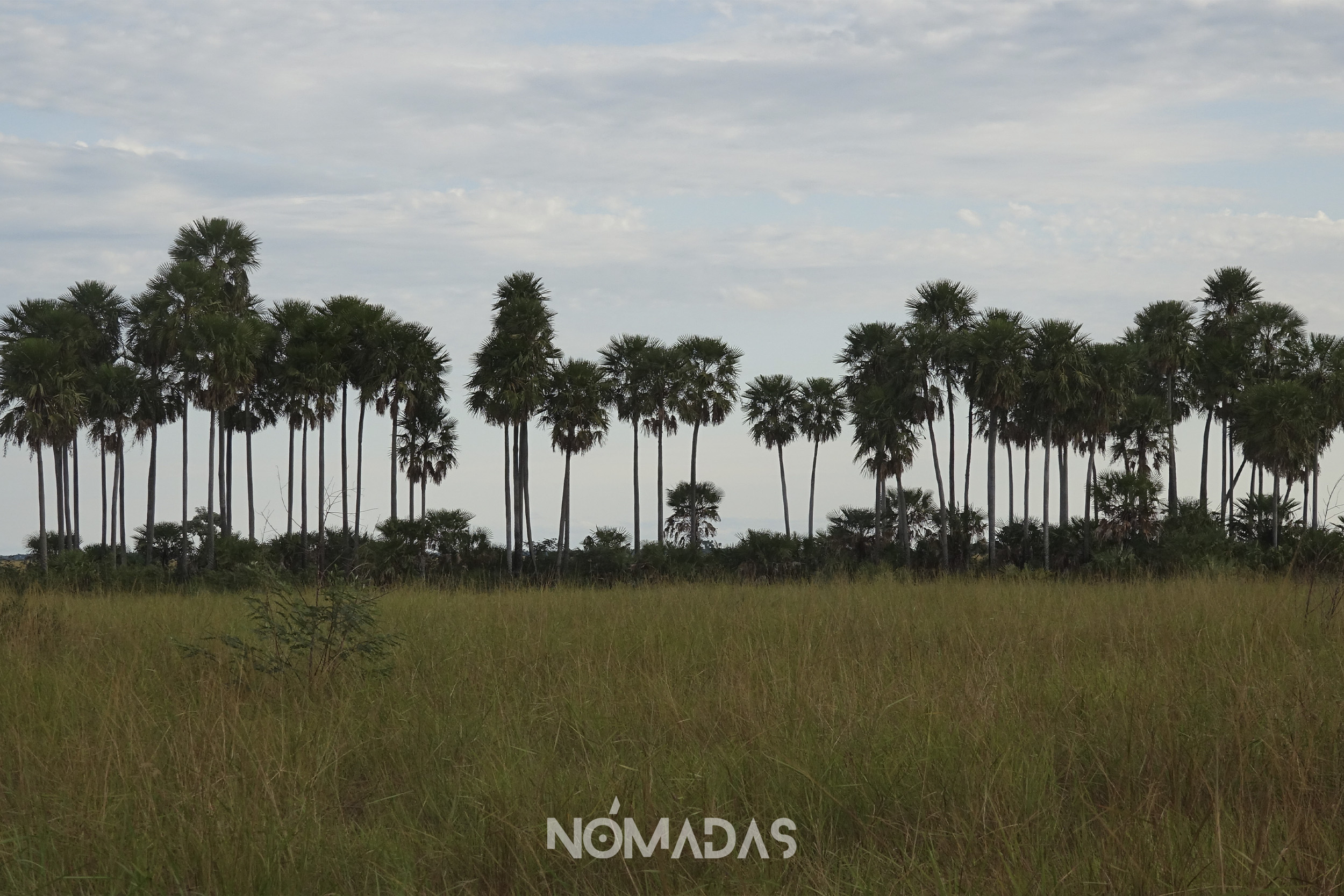
Bolivia and Paraguay are joining forces to consolidate a biological landscape of 20 million acres unique in the world, located mainly in South American Gran Chaco, its ranked as the second largest biological landscape after the Amazon.
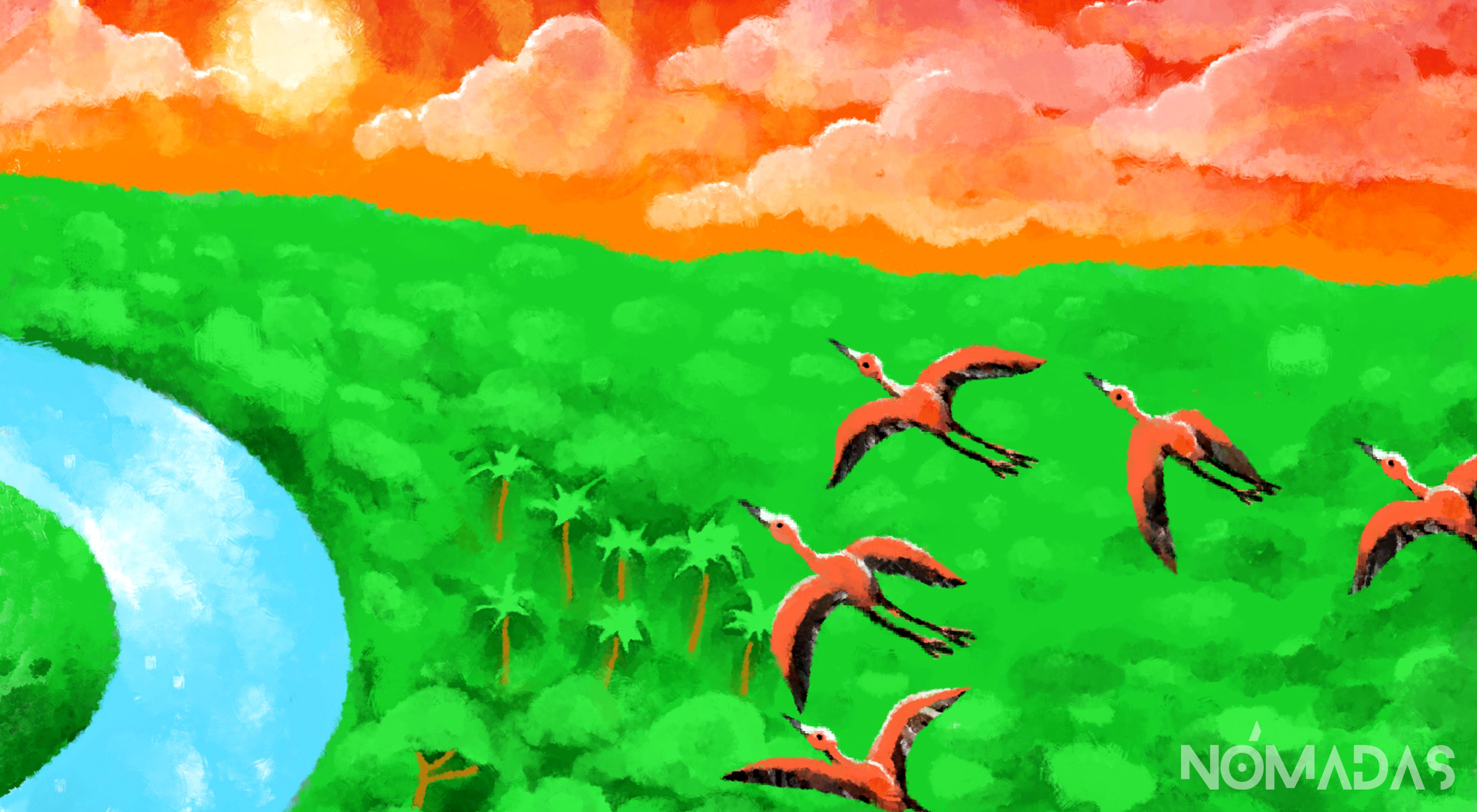
The South American Chaco is the last refuge of the Ayoreos in voluntary isolation. The whole world gets benefits by protecting their trees.



